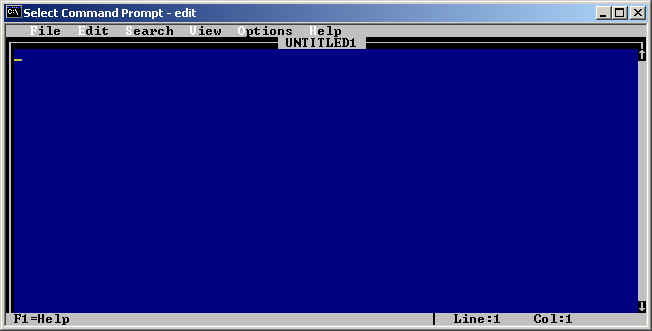

Long Term Support (LTS) releases for Device OS are independent branches of Device OS that are feature-frozen in time.

For those customers, Particle develops and releases Long Term Support (LTS) releases of Device OS that deliver consistent behavior and stable performance for device applications over extended periods of time. Many enterprises building and deploying mission-critical solutions with Particle value reliability over everything else. However, for some customers, constant ongoing development and changes in behavior can create undesired risk to the stability and reliability of existing applications. Particle is constantly improving Device OS with new releases that add new features, increase performance, and improve the standard behavior of Particle devices to better meet the needs of our customers. There may be multiple release candidates (for example, 2.0.0-rc.4) before a final release is made (2.0.0). There are also occasionally beta releases (2.0.0-beta.1) and more commonly release candidate ("rc") releases (2.0.0-rc.1). For example in the 1.5.x release line, there are 1.5.0, 1.5.1, and 1.5.2 versions. Version numberingĭevice OS releases follow semantic versioning ("semver") guidelines with numbering. Because of the more limited function set and smaller attack surface, recommended updates for security reasons are rare. You must manually opt into each update, and updates are generally not required.
#OS VERSIONS WINDOWS#
Unlike computer operating systems like Windows or Mac, Device OS will never be automatically updated under your application. This normally requires a few reboot cycles that happen automatically. However, at boot, the device will discover this and go into safe mode (breathing magenta), and the cloud will send down the missing binaries. For example, if the device has 1.5.2 and you target your user firmware for 2.0.0, the user firmware would not initially be able to run because the Device OS version is too old. If you flash user firmware that requires a newer version of Device OS than is currently installed on the device, the device will automatically upgrade. For example, if your user firmware targets 1.5.0, it will work not only on 1.5.0, but also 1.5.2, and 2.0.0. Programing new user firmware replaces the previous user firmware.Įach user firmware binary specifies the minimum version of Device OS that it is compatible with, referred to as the target version. Unlike desktop and laptop computers, Particle devices only run a single user application at a time. Separating the two makes upgrading the smaller user firmware quick and easy allowing for rapid test and debug cycles, even when programming firmware over cellular networks.
#OS VERSIONS CODE#
The user firmware is the part specific to your product or application and is typically the code you've written in C/C++. Device OS contains the code necessary to communicate with the hardware on the device (including cellular or Wi-Fi radios), as well as the Particle cloud. Most applications consist of two parts: Device OS ("system firmware") and the user application ("user firmware").


 0 kommentar(er)
0 kommentar(er)
